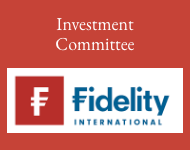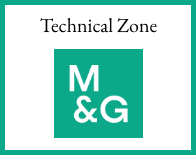Ben Barringer, global head of technology research at Quilter Cheviot, comments on the latest concerns of a bubble in the share prices of artificial intelligence focused tech companies.
The noise around a bubble in artificial intelligence focused stocks, and the potential for a wider market correction, is growing louder by the day. JP Morgan chief Jamie Dimon is latest to sound the alarm, following the Bank of England earlier this week. Market attention is clearly focusing in on these companies and the potential for bad news sending ripple effects through the market are growing.
There are arguably good reasons to be cautious. The ten biggest firms in the S&P 500 account for 41% of the index. However, those same ten companies account for 35% of the profits, so there is a mismatch there, but not as pronounced as previous tech bubbles. We are also seeing a huge amount of momentum from retail investors, desperate to get in on the trade and not miss out on potential gains. This is usually the sign that a bubble is approaching dangerous territory.
There has also been a spate of deals within the tech sector in recent weeks. OpenAI is going on a spending spree looking to be the ultimate winner of the AI war, but how it pays for this remains to be seen. The likes of Nvidia and AMD are helping to finance this, but that in itself is cause for concern given the uncertain nature of how transformational AI will really be. Being financed by your customers and your wider ecosystem is not a positive sign, nor is it sustainable. Not every tech company will be able to win in this market. We are likely to see a scenario where there are just a few overall winners and for those that don’t win then their market ultimately shrinks.
That said, valuations remain well below previous bubbles, with the tech bubble for 1999-2000 the best comparator. Back then valuations were at 60 times earnings, whereas the currently level is approximately half of that. Certainly expensive, but not necessarily a screaming bubble. We are also continuing to see strong earnings and profit growth at these companies as demand has kept up and governments are looking to spend. Furthermore, in an environment of rate cuts, tech should perform well.
Ultimately the picture is uncertain and for investors this means diversification is crucial. Not just from a sector perspective, but also within any tech allocations to ensure there is not overexposure to one chip vendor or one AI provider. It is vital to watch how corporate IT spending progresses over the course of this year and into next to see how sustainable this growth can be. Should we start to see that slow, or even digital advertising or capex, then the market may start to get jittery. For now, it is time to hold your nerve and stay level-headed. We are not yet in bubble territory, but given how the market is beginning to raise some flags, it would be prudent to be cautious at this time.
Main image: dustin-humes-GZXs0F9MYZk-unsplash































